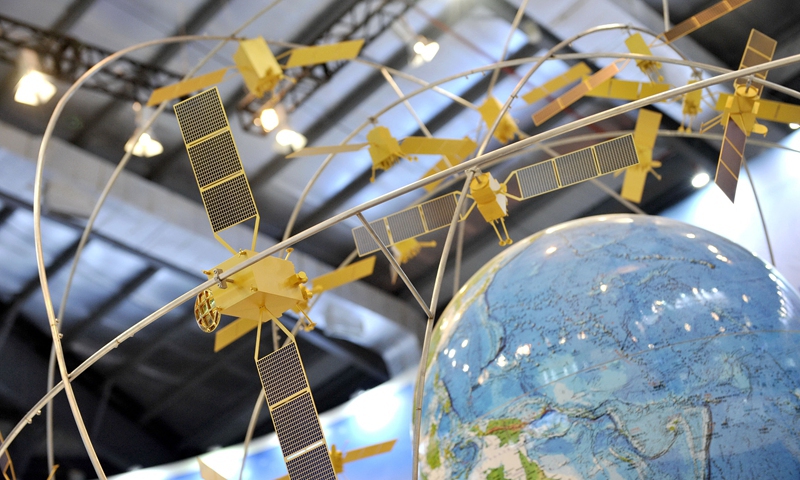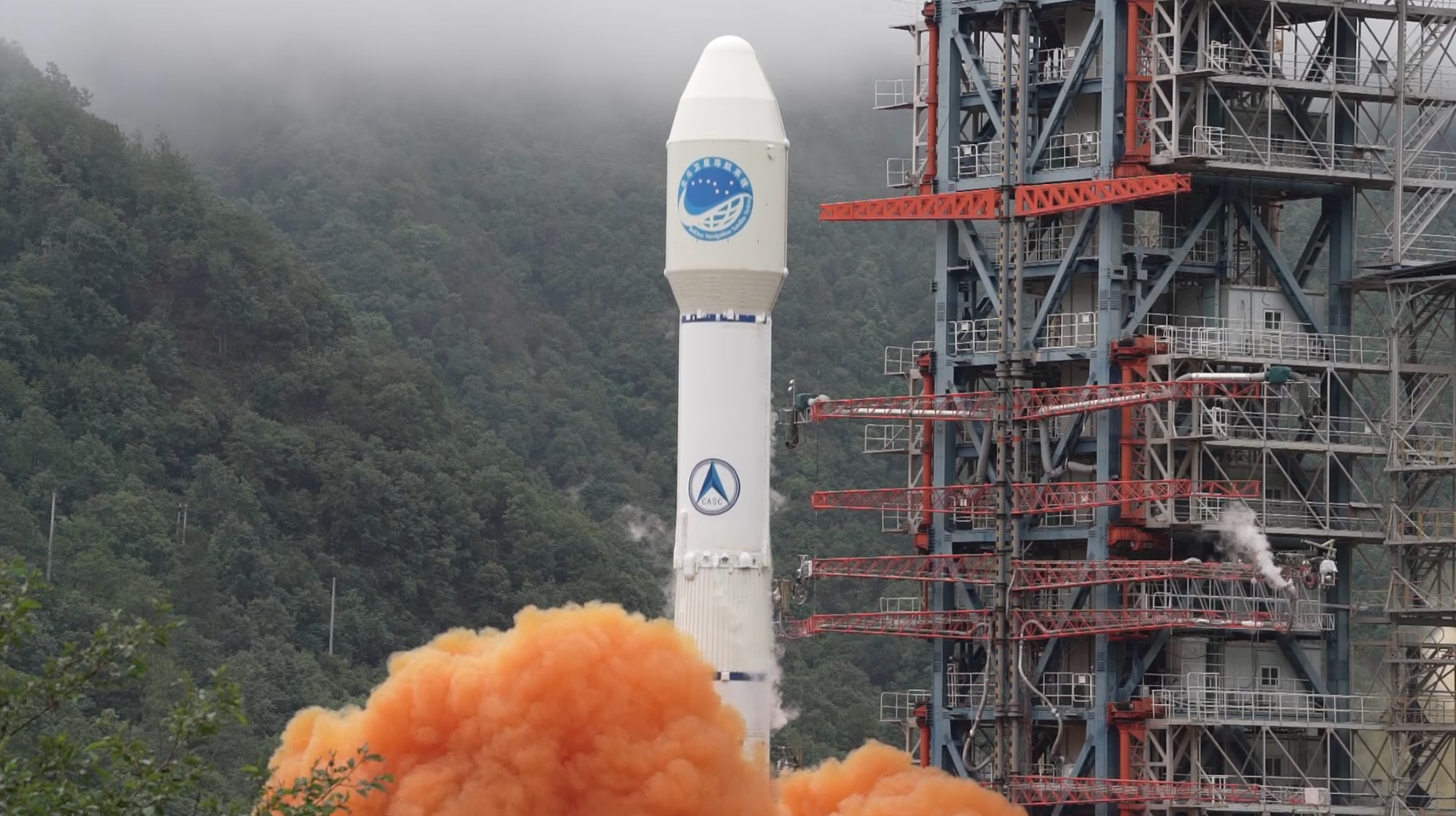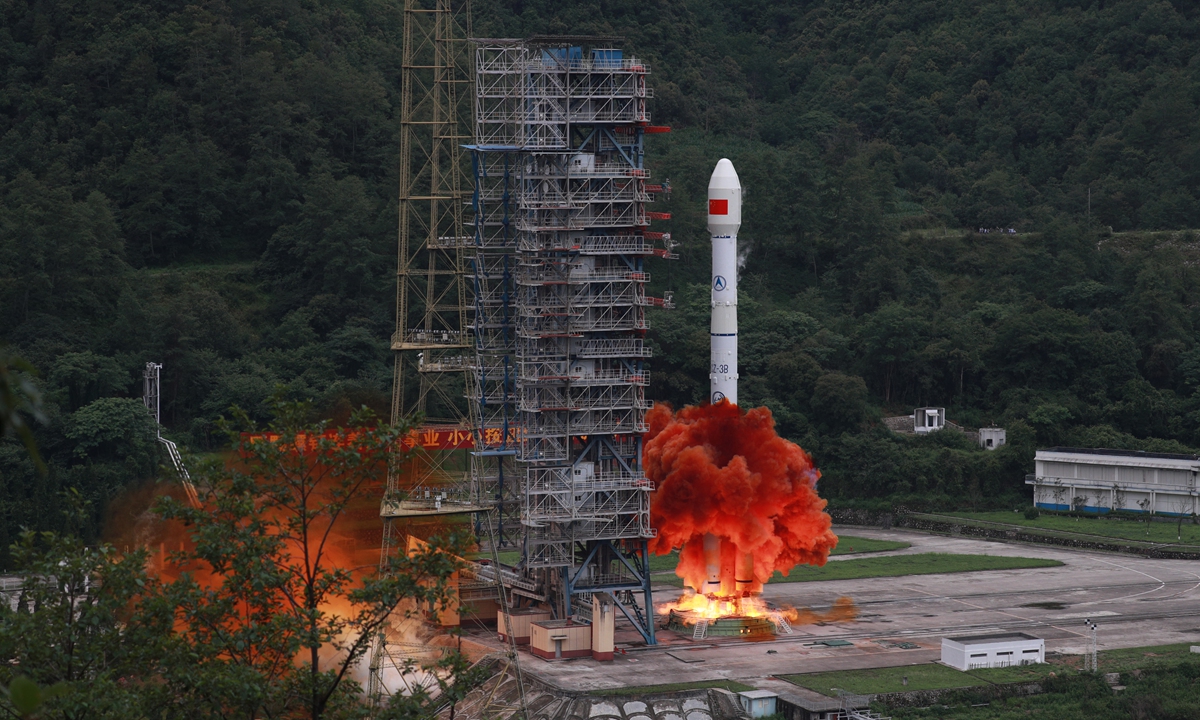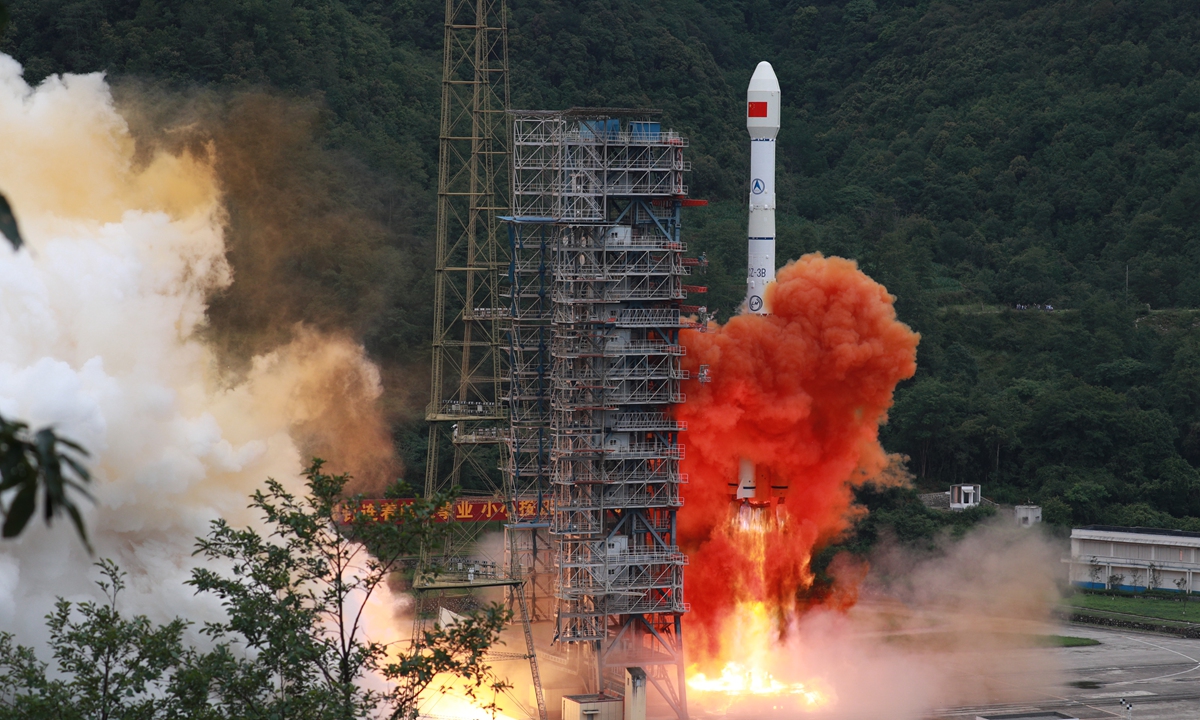China issued a white paper on the country's BeiDou Navigation Satellite System (BDS) on Friday.
"China's BeiDou Navigation Satellite System in the New Era," the white paper said that BDS has been built into a world-class navigation system. It laid out how China plans to refine the system by improving its operation management, promoting sustainable development of BDS-based applications, and upgrading its governance in the coming years.
The white paper noted that BDS is dedicated to the world, and China will step up international cooperation for better compatibility and interoperability between BDS and other navigation satellite systems.
China is committed to "building a comprehensive spatiotemporal system that is more extensive, more integrated and more intelligent on the next generation of BDS," said the document released by the State Council Information Office.
It pointed out that China is ready to share its achievements in developing BDS, and it will work with all other countries to promote the development of navigation satellite systems and make an even greater contribution to building a global community of shared future and a better world.
All BDS-3 satellites working well, contributing to top-class navigation system with unique advantages: white paper
The China-developed BeiDou Navigation Satellite System (BDS) has become a top-class system with cutting-edge technologies and powerful functions, according to a white paper released Friday. China is ready to share its achievements in developing the BDS and provide services to all other countries, it said. Titled "China's BeiDou Navigation Satellite System in the New Era," the white paper published by the State Council Information Office introduced how China plans to further refine the system by improving its operation management, developing BDS-based applications, and upgrading its governance in the coming years. The 30 in-orbit satellites of the third-generation series of the BeiDou system, or BDS-3, which officially joined commissioning in July 2020, are in good operating condition, Ran Chengqi, spokesperson for the system, said at the press conference on Friday. The millions of components of the satellites, in more than 300 categories, are all domestically produced with excellent performances, Ran said. Data showed that the global positioning accuracy of BDS-3 is within 5 meters, with the performance in the Asia-Pacific region even better. In general, the service performance of BDS-3 is better than the designed index, the spokesperson said. The system offers six special services, namely international search and rescue, global short message communication, regional short message communication, satellite-based augmentation, ground-based augmentation, and precision single-point positioning. It is the world's first navigation satellite system to provide a global short message communication service, the white paper noted. "The 100 percent independent development and operation of BDS core components has laid a solid foundation for its wide use," it said. Chinese experts said that compared with GPS and GLONASS, the BDS has its own advantages in navigation, positioning accuracy, timing, speed measurement, and short message transmissions. Song Zhongping, a space expert and TV commentator, told the Global Times on Friday that the BDS offers the global short message communication service, which is unique in the world. BDS has achieved global coverage with world-class accuracy. China will continue to improve the reliability, accuracy and safety of the BDS by deploying more satellites next year, Song said. BDS is also dedicated to the world, Ran noted at the conference, noting that China will step up international cooperation for better compatibility and interoperability between BDS and other navigation satellite systems. It has signed signal interoperability statements with GPS and GLONASS, and is discussing cooperation with the Galileo system. Under the framework of the United Nations, China promoted the realization of multi-system compatibility and sharing, so as to jointly provide more high-quality and diversified, safe and reliable services for global users. BDS has established cooperation mechanisms with organizations and countries in Asia, Africa and Latin America, with more than 50 documents signed since 2016. The white paper pointed out that China is ready to share its achievements in developing BDS, and it will work with all other countries to promote the development of navigation satellite systems and make an even greater contribution to building a global community with a shared future. BDS provides many services for the Belt and Road Initiative and friendly countries, including transportation in the civilian field, urban surveys, urban planning, aircraft navigation and so on, Song said. "Whatever GPS can do, BDS can do it as well." According to Song, another way of cooperation is setting up dual-mode navigation systems. For example, on a certain chip or a certain system, there can be both GPS navigation and BDS. "This switching mode makes the navigation more secure and reliable." China will further upgrade BDS technologies, functions and services. The goal is to create a comprehensive spatiotemporal system that is more extensive, integrated and intelligent, and that provides flexible, smart, precise and secure navigation, positioning and timing services. In building a more powerful BDS, China will create its own smart and distinctive system for operation, maintenance and management. China began to develop its own navigation satellite system in 1994. BDS-1 entered service and began providing positioning services in China at the end of 2000. At this point, China became the third country in the world with a navigation satellite system. BDS-2 was completed in 2012, providing passive positioning services to the Asia-Pacific region. In less than three years, 18 rockets sent 30 satellites into orbit, a pace unmatched by any other country. In 2020, BDS-3 was formally commissioned to provide satellite navigation services worldwide.






















